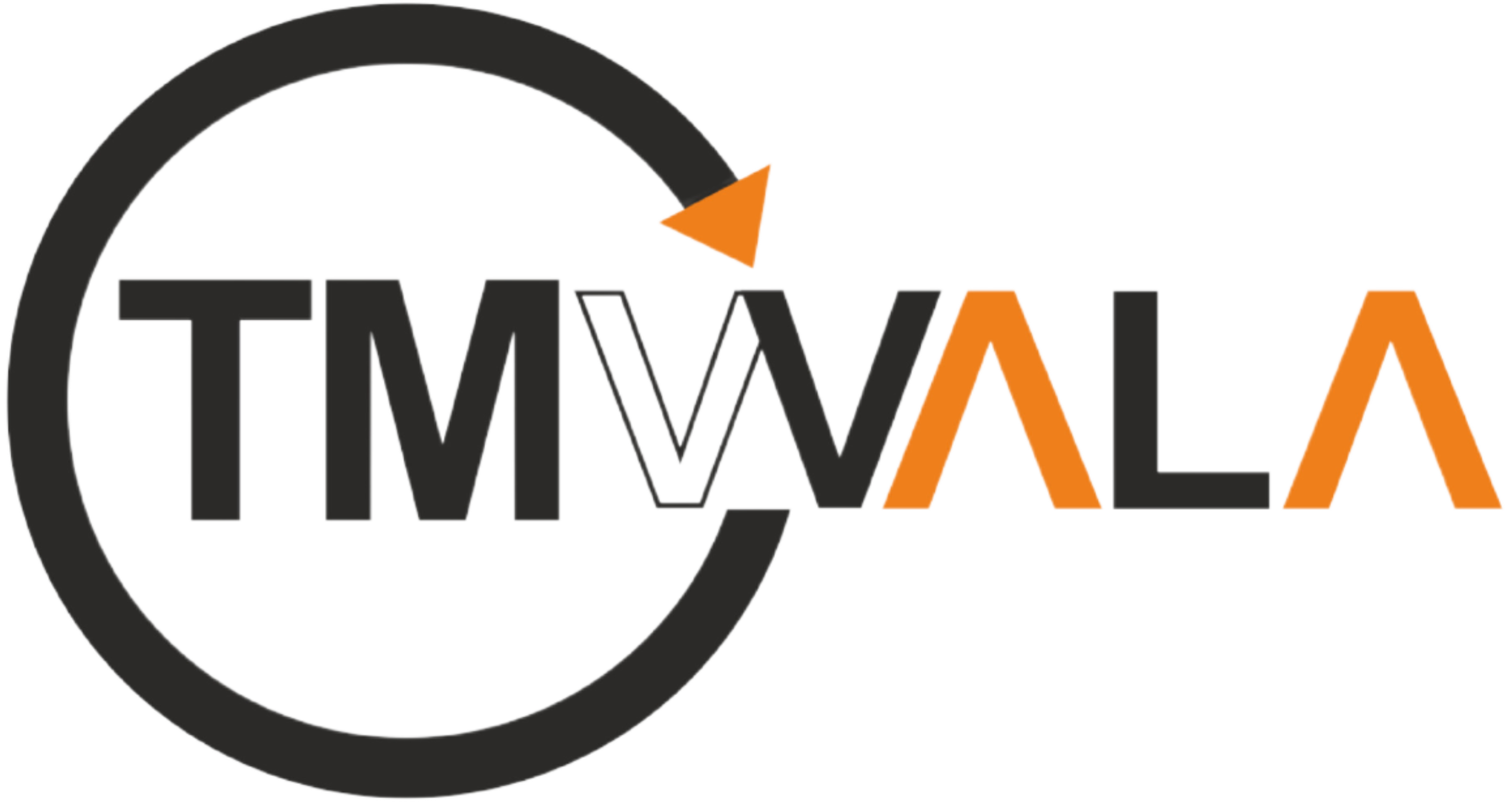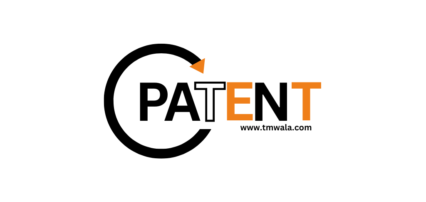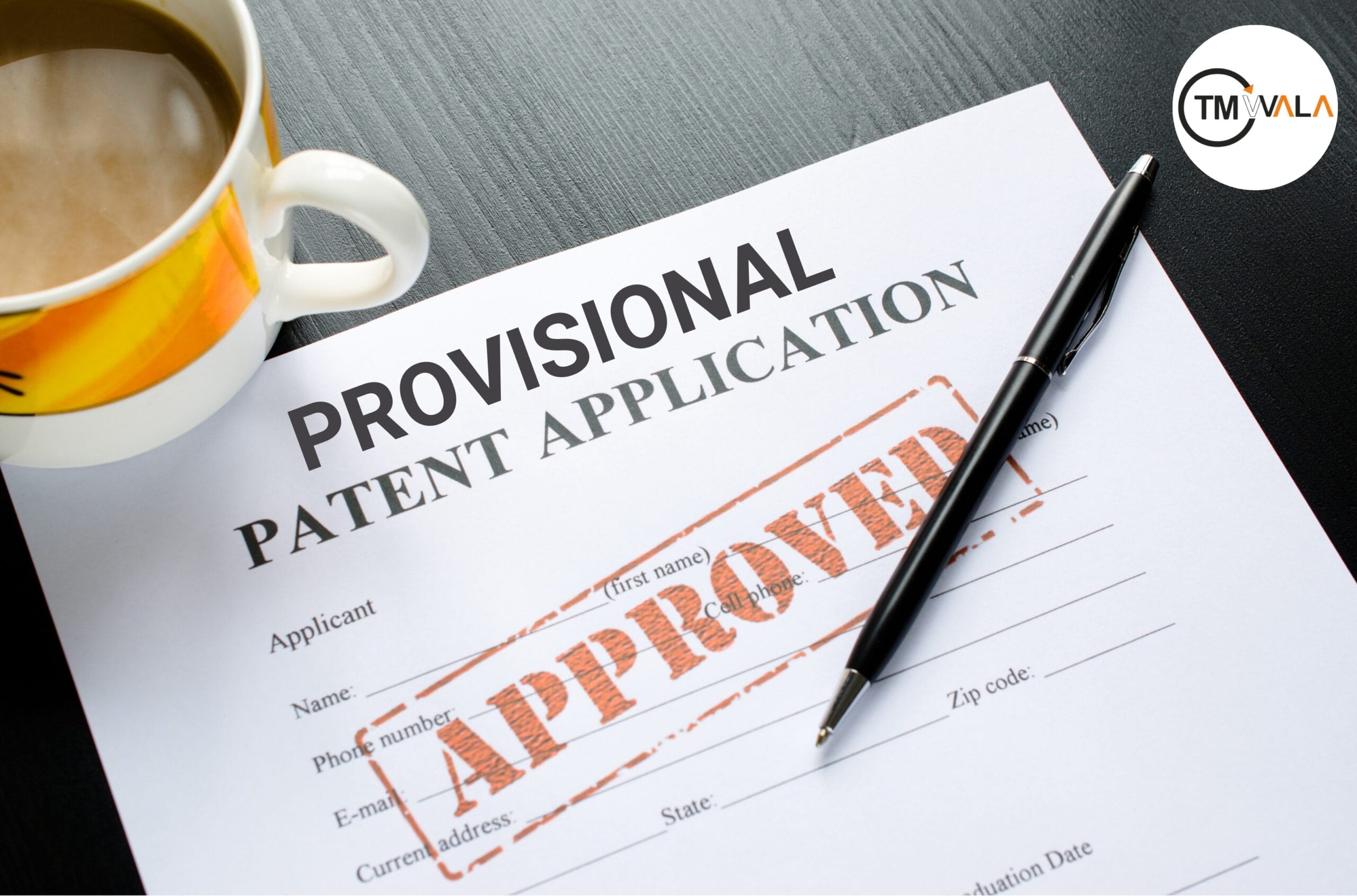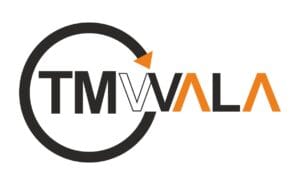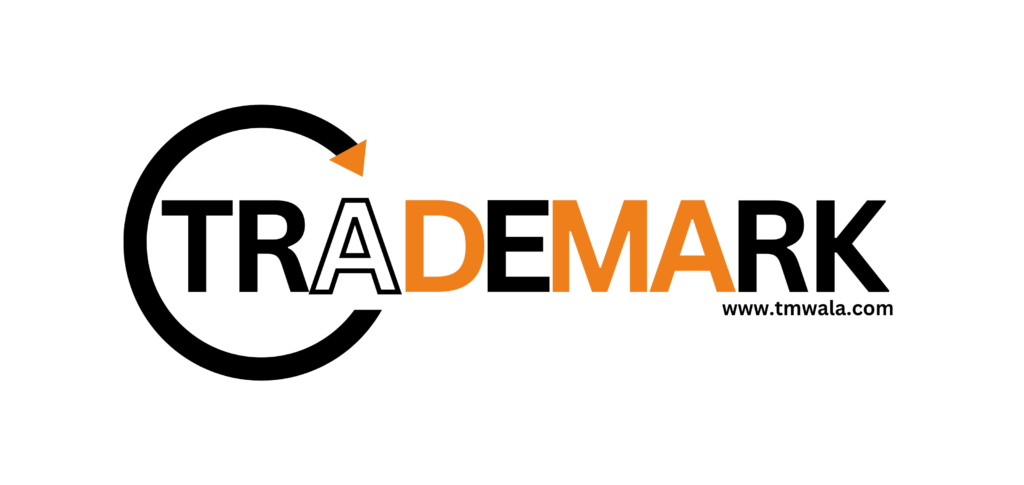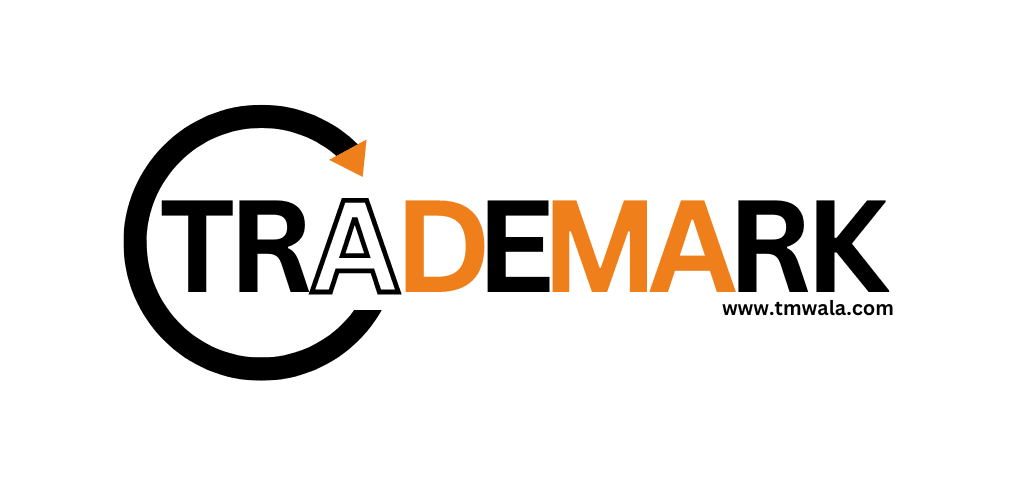Securing a patent is a critical step for inventors looking to protect their innovative ideas. However, the process of obtaining a patent can be lengthy, complex, and expensive. This is where a provisional patent application comes into play. It provides a cost-effective and flexible option for inventors to secure an early filing date while continuing to refine their inventions. This blog will explore the concept of a provisional patent application, its advantages, how to file one, and the key legal considerations involved.
What is a Provisional Patent Application?
A provisional patent application is a preliminary step in the patenting process that allows an inventor to establish an early filing date for their invention. Unlike a regular (non-provisional) patent application, a provisional application is less formal and does not require a full-fledged patent claim or an examination process. It provides a temporary patent-pending status for the invention for up to 12 months, giving the inventor time to develop the invention further, conduct market research, or secure funding before filing a complete patent application.
Key Characteristics of a Provisional Patent Application:
- Simplified Filing Process: The provisional application requires less documentation and detail compared to a regular patent application.
- Lower Cost: The filing fees for a provisional patent application are generally lower, making it a cost-effective option for early-stage inventors.
- Temporary Protection: The application does not result in an issued patent but grants the inventor a “patent pending” status.
- No Patent Claims Required: Unlike a regular application, a provisional application does not require formal patent claims, which define the scope of the invention’s protection.
- One-Year Deadline: The inventor must file a corresponding non-provisional patent application within 12 months to claim the benefit of the provisional application’s filing date.
Why File a Provisional Patent Application?
Filing a provisional patent application offers several advantages, especially for inventors who are still in the early stages of developing their invention.
Establishing an Early Filing Date
One of the primary benefits of a provisional application is that it allows inventors to establish an early filing date. This is crucial because the patent system in many countries, including the United States, operates on a “first-to-file” basis. The earlier you file, the better your chances of securing patent rights against competitors who may file similar inventions later.
Gaining “Patent Pending” Status
Once a provisional application is filed, the inventor can legally use the term “patent pending” in connection with the invention. This status can deter potential competitors and signal to investors and partners that the invention is on its way to becoming fully protected.
Providing Time for Further Development
The 12-month period provided by a provisional application gives inventors time to refine their invention, conduct additional research, or secure funding before committing to the more rigorous and expensive process of filing a non-provisional patent application.
Lower Initial Costs
Filing a provisional application is generally less expensive than filing a non-provisional application. This makes it an attractive option for inventors who may have limited resources in the early stages of development.
Flexible Disclosure
A provisional application does not require the detailed claims and formalities of a non-provisional application. This flexibility allows inventors to file quickly, even if the invention is not fully developed.
How to File a Provisional Patent Application
Filing a provisional patent application involves several steps, each of which must be carefully followed to ensure that the application is legally sound and effective.
Step 1: Prepare a Detailed Description of the Invention
The description is the most critical part of the provisional application. It should provide a comprehensive and clear explanation of the invention, including how it works, its key components, and any potential variations or alternatives. The description should be detailed enough to enable someone skilled in the field to understand and replicate the invention.
Step 2: Include Drawings or Diagrams
If applicable, include drawings, diagrams, or other visual representations of the invention. These can help clarify complex aspects of the invention and support the written description.
Step 3: Identify the Inventor(s)
The application must list the correct inventor or inventors. This is important because incorrect or incomplete identification can lead to legal challenges or the loss of patent rights.
Step 4: File the Application with the Patent Office
Submit the completed application to the relevant patent office, such as the United States Patent and Trademark Office (USPTO). The filing must include the description, any drawings, the names of the inventors, and the required filing fee.
Step 5: Receive a Filing Receipt
After submission, the patent office will issue a filing receipt that confirms the application has been received and assigns it a filing date. This date is crucial for establishing priority in the patenting process.
Legal Considerations in Filing a Provisional Patent Application
While a provisional patent application is simpler than a non-provisional application, there are still important legal considerations to keep in mind.
Adequate Disclosure
The description in a provisional application must be thorough and complete. If the invention is not fully disclosed, the provisional application may not provide adequate protection, and any later non-provisional application that adds new material may not benefit from the earlier filing date.
Timing and Deadlines
The 12-month period to file a non-provisional application is strict. If the deadline is missed, the provisional application will expire, and the filing date will be lost. This can jeopardize the inventor’s ability to secure patent rights.
No Extensions
Unlike some other aspects of patent law, the 12-month deadline for converting a provisional application into a non-provisional application cannot be extended. Inventors must be prepared to file the non-provisional application on time.
International Considerations
If you plan to seek patent protection in other countries, it’s important to understand that most jurisdictions do not recognize provisional applications. However, filing a non-provisional application within 12 months can help preserve your filing date under the Patent Cooperation Treaty (PCT), allowing you to pursue international patents.
Confidentiality
A provisional application is not published and remains confidential until a corresponding non-provisional application is filed and published. This allows inventors to keep their inventions under wraps while still securing an early filing date.
Transitioning from Provisional to Non-Provisional Application
Once the provisional application is filed, the next step is to prepare and file a non-provisional patent application within the 12-month deadline.
Drafting Patent Claims
Unlike a provisional application, a non-provisional application requires formal patent claims. These claims define the scope of the invention’s protection and must be carefully drafted to avoid overlap with existing patents while maximizing the invention’s coverage.
Building on the Provisional Application
The non-provisional application can include additional details, improvements, or modifications to the invention that were not included in the provisional application. However, any new material will not benefit from the earlier filing date.
Filing the Non-Provisional Application
The non-provisional application must be filed with the patent office before the 12-month deadline. It should reference the provisional application to claim the earlier filing date.
Examination Process
Once the non-provisional application is filed, it will undergo examination by a patent examiner. This process includes a review of the claims, prior art searches, and potentially multiple rounds of correspondence with the patent office to address any objections or rejections.
Common Mistakes to Avoid in Provisional Patent Applications
Filing a provisional patent application may seem straightforward, but there are common pitfalls that inventors should avoid.
Incomplete or Vague Descriptions
A provisional application with an incomplete or vague description may not provide the intended protection. Ensure that the invention is fully disclosed and that all key aspects are described in detail.
Missing the 12-Month Deadline
Failing to file a non-provisional application within the 12-month deadline results in the loss of the provisional filing date, which can be a significant setback. It’s crucial to track deadlines and plan accordingly.
Over-Reliance on the Provisional Application
A provisional application is a temporary measure and does not provide the same level of protection as a non-provisional patent. Inventors should use the 12-month period to prepare for the full patenting process.
Failing to Seek Professional Advice
While it is possible to file a provisional application without legal assistance, consulting with a patent attorney can help ensure that the application is comprehensive and legally sound. This can prevent costly mistakes and maximize the chances of securing a patent.
Conclusion
A provisional patent application is a valuable tool for inventors looking to secure an early filing date and gain “patent pending” status. It offers a cost-effective way to protect an invention while allowing time for further development and strategic planning. However, it is essential to approach the process with care, ensuring that the application is complete, legally sound, and filed on time. By understanding the benefits and limitations of a provisional patent application, inventors can take the first step toward successfully protecting their innovations.
FAQs
1. What is a provisional patent application?
A provisional patent application is a simplified, lower-cost filing with the patent office that secures an early filing date and grants “patent pending” status for up to 12 months, without requiring formal claims or examination.
2. How is a provisional patent different from a non-provisional patent?
A provisional patent is temporary, does not result in an issued patent, and does not require formal claims, while a non-provisional patent begins the official examination process and can lead to a granted patent.
3. How long does a provisional patent application last?
It lasts for 12 months from the filing date. To keep the priority date, a corresponding non-provisional patent application must be filed within that period.
4. What are the main benefits of filing a provisional patent application?
Key benefits include securing an early filing date, gaining “patent pending” status, lowering initial costs, allowing time for further development, and having flexible disclosure requirements.
5. What information should be included in a provisional patent application?
It should have a detailed written description of the invention, relevant drawings or diagrams, inventor details, and the filing fee.
6. Can I extend the 12-month deadline for converting to a non-provisional patent?
No. The 12-month period is strict and cannot be extended. Missing it means losing the filing date and protection.
7. Does a provisional patent protect my invention internationally?
Not directly. Most other countries do not recognize provisional applications, but filing a non-provisional application within 12 months can preserve your date under the Patent Cooperation Treaty (PCT).
8. Is my provisional patent application made public?
No. It remains confidential unless a related non-provisional application is filed and published.
9. Can I add new details to my invention after filing the provisional application?
Yes, but any new material added to the non-provisional application will not benefit from the earlier provisional filing date.
10. Do I need a lawyer to file a provisional patent application?
It’s not required, but consulting a patent attorney can help ensure the application is complete, legally sound, and maximizes protection for your invention.
